In the world of sports, baseball holds a special place in the hearts of many. It’s a game that brings people together, builds friendships, and creates unforgettable memories. And when it comes to baseball, one important aspect that often gets overlooked is the positions on the field. Each position plays a vital role in the game, and understanding them can enhance your appreciation for the sport.
Baseball Position Numbers Explained
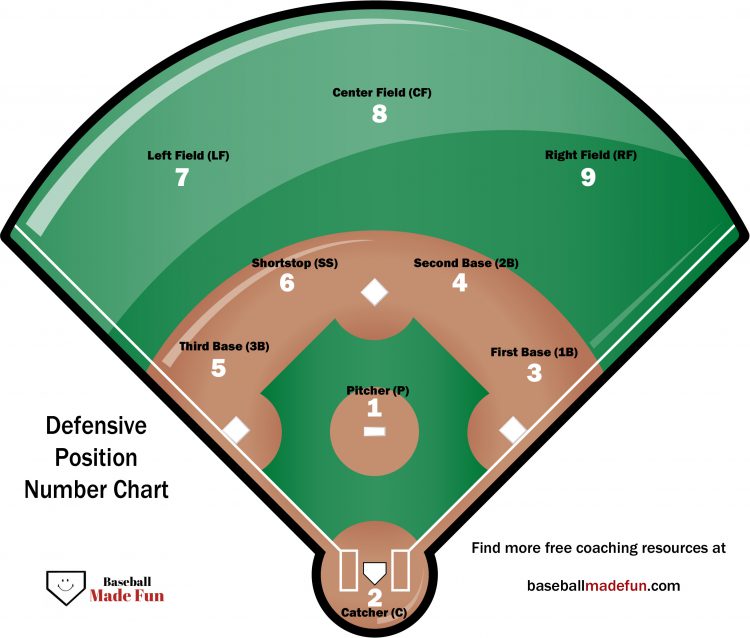 Let’s start by breaking down the different positions in baseball. The primary positions include the pitcher (1), catcher (2), first baseman (3), second baseman (4), third baseman (5), shortstop (6), left fielder (7), center fielder (8), and right fielder (9). Each position has specific responsibilities and requires unique skills.
Let’s start by breaking down the different positions in baseball. The primary positions include the pitcher (1), catcher (2), first baseman (3), second baseman (4), third baseman (5), shortstop (6), left fielder (7), center fielder (8), and right fielder (9). Each position has specific responsibilities and requires unique skills.
Creating the Perfect Lineup
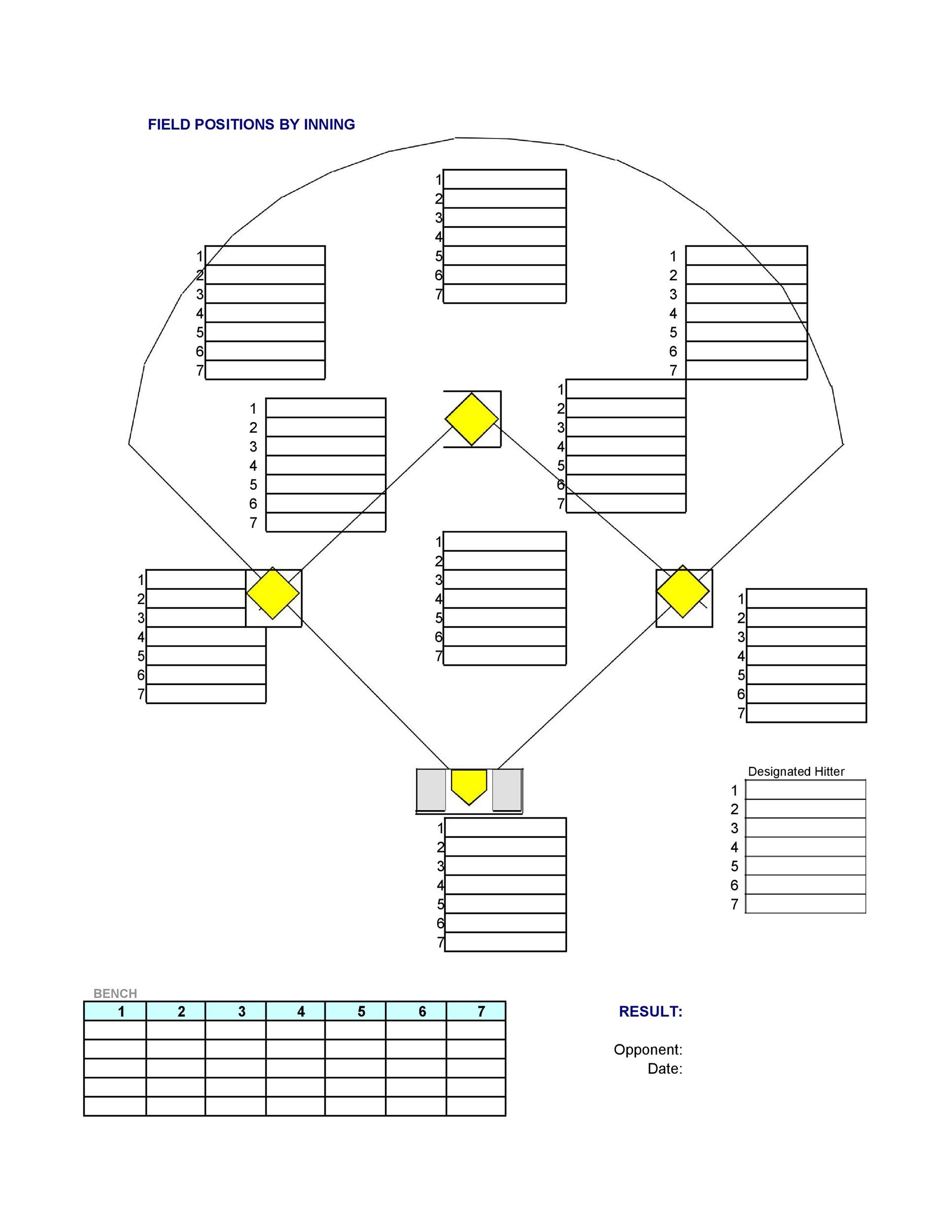 When it comes to creating a baseball lineup, there are numerous factors to consider. The skill set of each player, their batting and fielding abilities, and the overall strategy of the team all play a role in determining the ideal lineup. Coaches often use templates such as this printable baseball lineup template to help organize their team and make informed decisions.
When it comes to creating a baseball lineup, there are numerous factors to consider. The skill set of each player, their batting and fielding abilities, and the overall strategy of the team all play a role in determining the ideal lineup. Coaches often use templates such as this printable baseball lineup template to help organize their team and make informed decisions.
The Importance of Positioning
 Proper positioning on the field is crucial for maximizing defensive efficiency. The right positioning can lead to outs, prevent runs, and ultimately win games. That’s why teams utilize line-up cards to record the positions each player will play during a game. These line-up cards help coaches communicate their plans to the team and ensure everyone is on the same page.
Proper positioning on the field is crucial for maximizing defensive efficiency. The right positioning can lead to outs, prevent runs, and ultimately win games. That’s why teams utilize line-up cards to record the positions each player will play during a game. These line-up cards help coaches communicate their plans to the team and ensure everyone is on the same page.
Understanding the Field
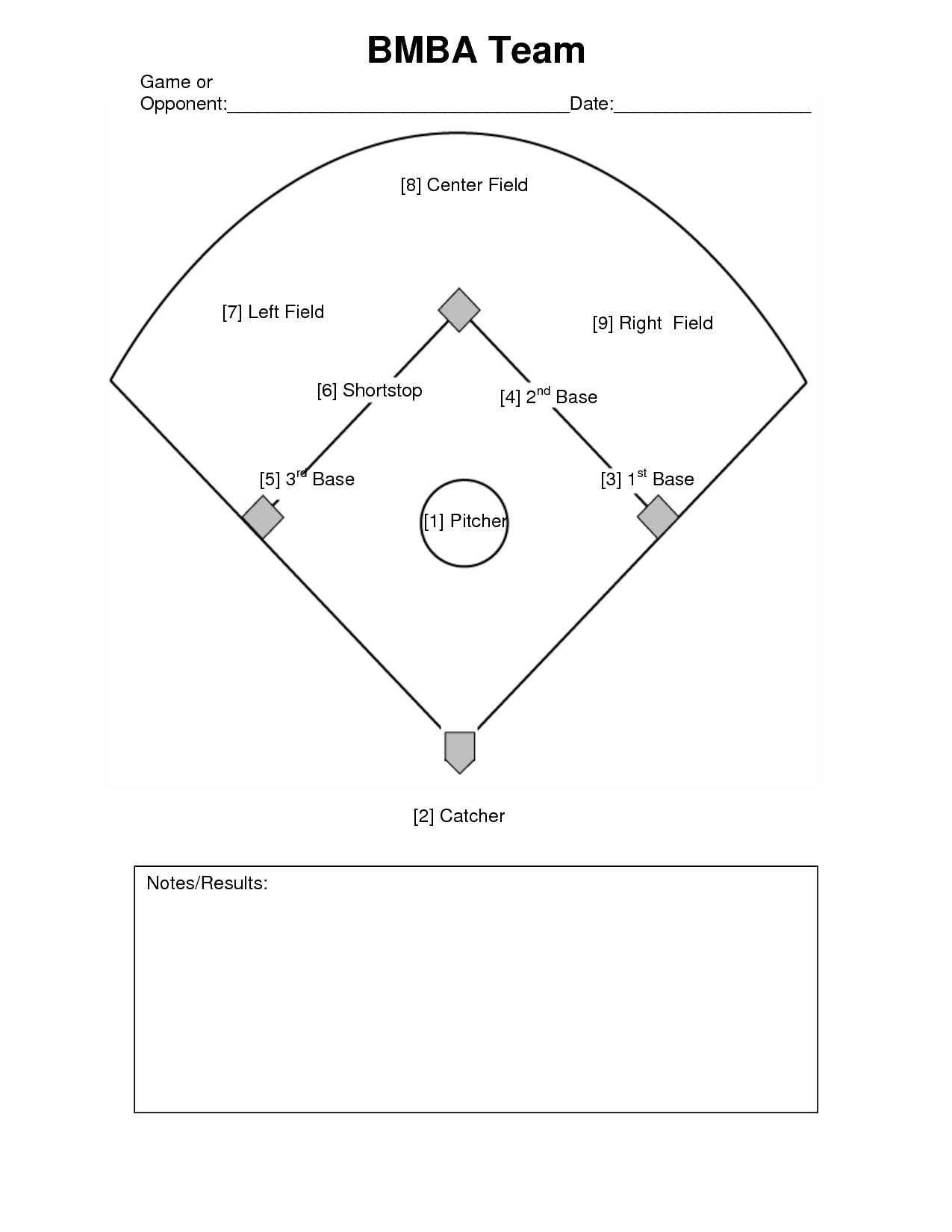 In order to fully comprehend baseball positions, it’s helpful to have a visual representation of the field. The diagram above provides a clear view of where each position is located on the diamond. From the pitcher’s mound to the outfield, every part of the field serves a purpose and requires specific skills.
In order to fully comprehend baseball positions, it’s helpful to have a visual representation of the field. The diagram above provides a clear view of where each position is located on the diamond. From the pitcher’s mound to the outfield, every part of the field serves a purpose and requires specific skills.
Teaching Baseball Positions in Grade 3
 Learning about baseball positions can begin at a young age. Grade 3 students can benefit from engaging tests and worksheets that help them understand the game better. These resources provide a fun and informative way for children to learn about the different positions on the field.
Learning about baseball positions can begin at a young age. Grade 3 students can benefit from engaging tests and worksheets that help them understand the game better. These resources provide a fun and informative way for children to learn about the different positions on the field.
Printable Baseball Position Chart
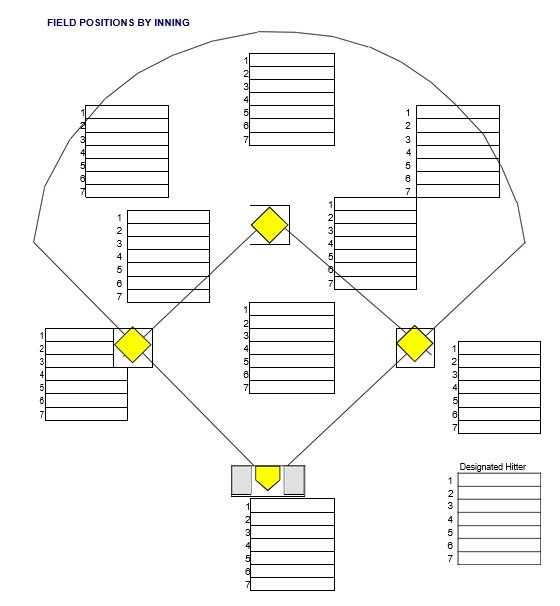 If you’re a visual learner or simply prefer having a tangible resource, a printable baseball position chart can be an invaluable tool. This chart outlines the positions, numbers, and specific responsibilities of each player on the field. It’s a handy reference that can be easily accessed during practices or games.
If you’re a visual learner or simply prefer having a tangible resource, a printable baseball position chart can be an invaluable tool. This chart outlines the positions, numbers, and specific responsibilities of each player on the field. It’s a handy reference that can be easily accessed during practices or games.
Softball Positions
 Softball, a close cousin of baseball, also has its own set of positions that differ slightly from the baseball field. Understanding the unique positions and their responsibilities in softball is essential for players and coaches. A fillable softball position chart, like the one shown above, can be a useful resource for organizing and strategizing during a game.
Softball, a close cousin of baseball, also has its own set of positions that differ slightly from the baseball field. Understanding the unique positions and their responsibilities in softball is essential for players and coaches. A fillable softball position chart, like the one shown above, can be a useful resource for organizing and strategizing during a game.
Fielding Positions Template
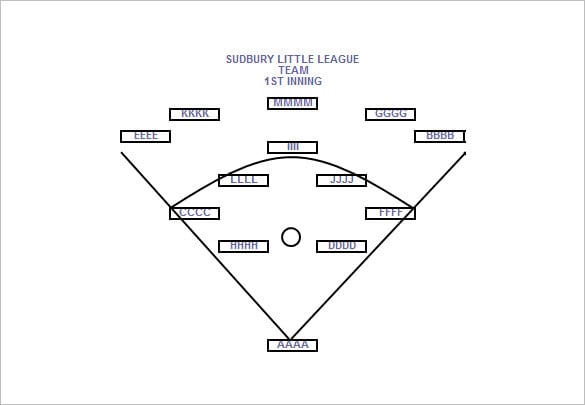 For coaches and players alike, having a fielding positions template is a valuable asset. This template provides a visual representation of the fielding positions, allowing the team to plan and execute their defensive strategies effectively. It’s a great tool for maintaining consistent positioning and maximizing performance on the field.
For coaches and players alike, having a fielding positions template is a valuable asset. This template provides a visual representation of the fielding positions, allowing the team to plan and execute their defensive strategies effectively. It’s a great tool for maintaining consistent positioning and maximizing performance on the field.
Understanding the various positions in baseball and softball is an essential part of appreciating the game. Each position contributes to the overall dynamics of the team and brings a unique set of skills to the table. Whether you’re a player, coach, or spectator, take the time to learn about these positions and delve deeper into the fascinating world of baseball.